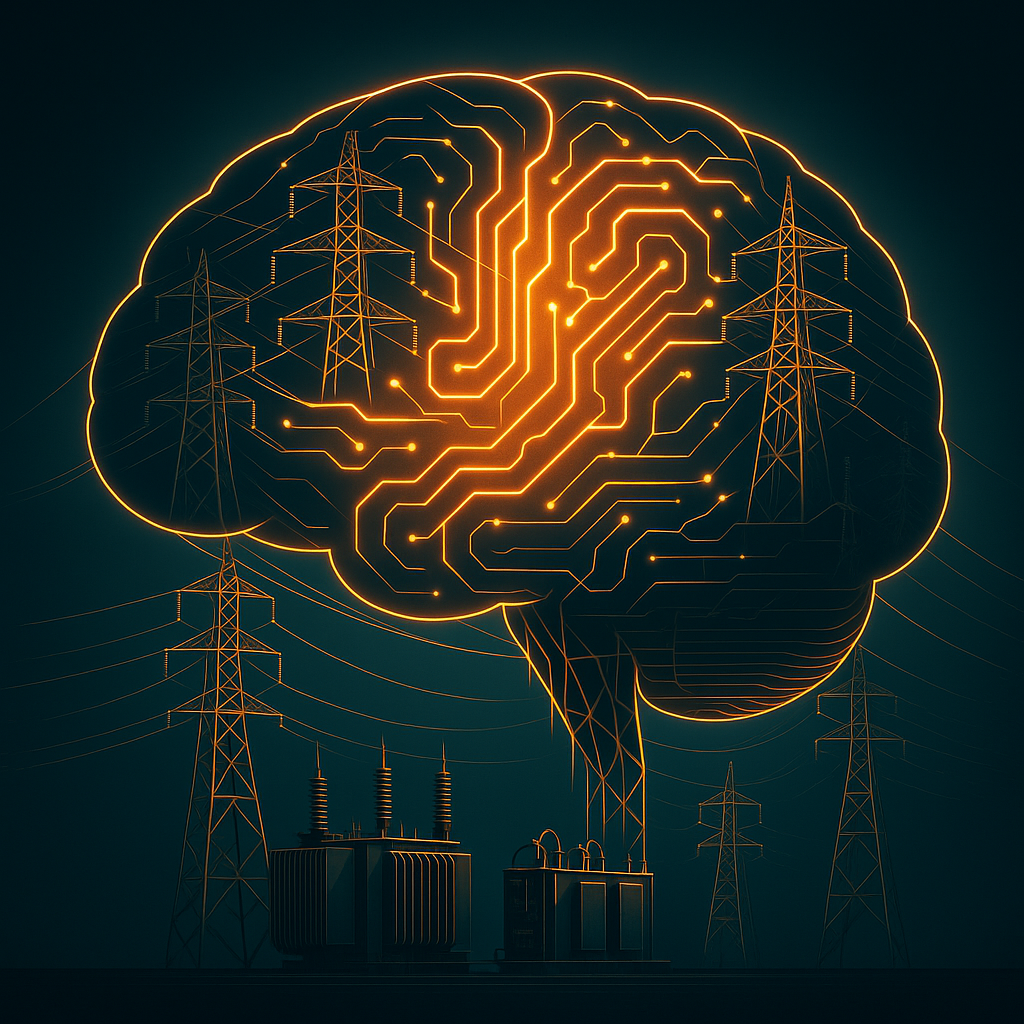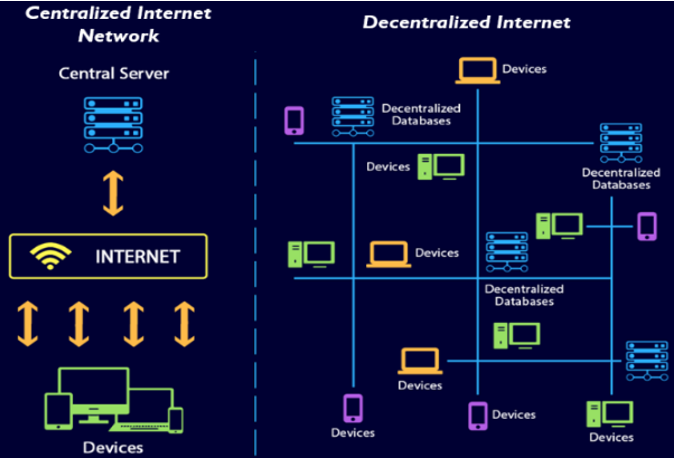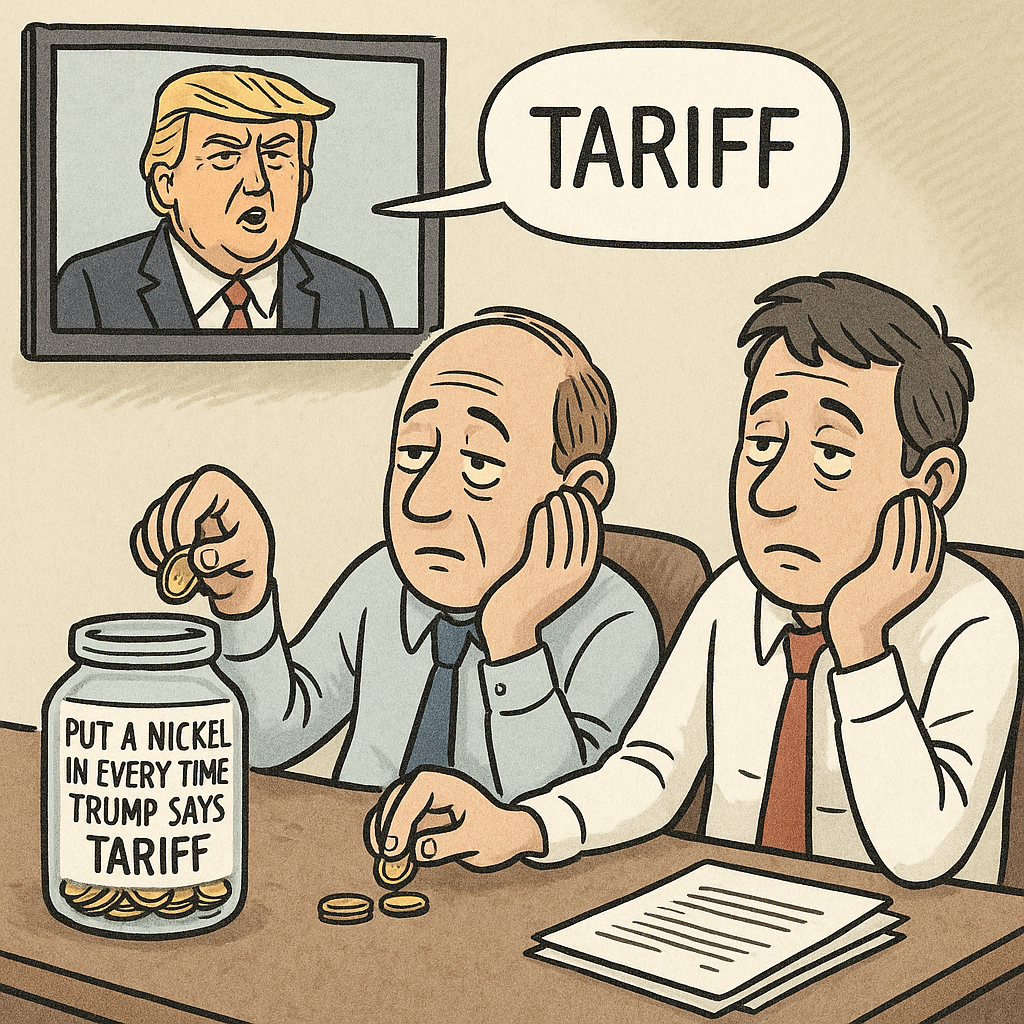AI Just Ate Your CRM. Now What?
AI Just Ate Your CRM. Now What?
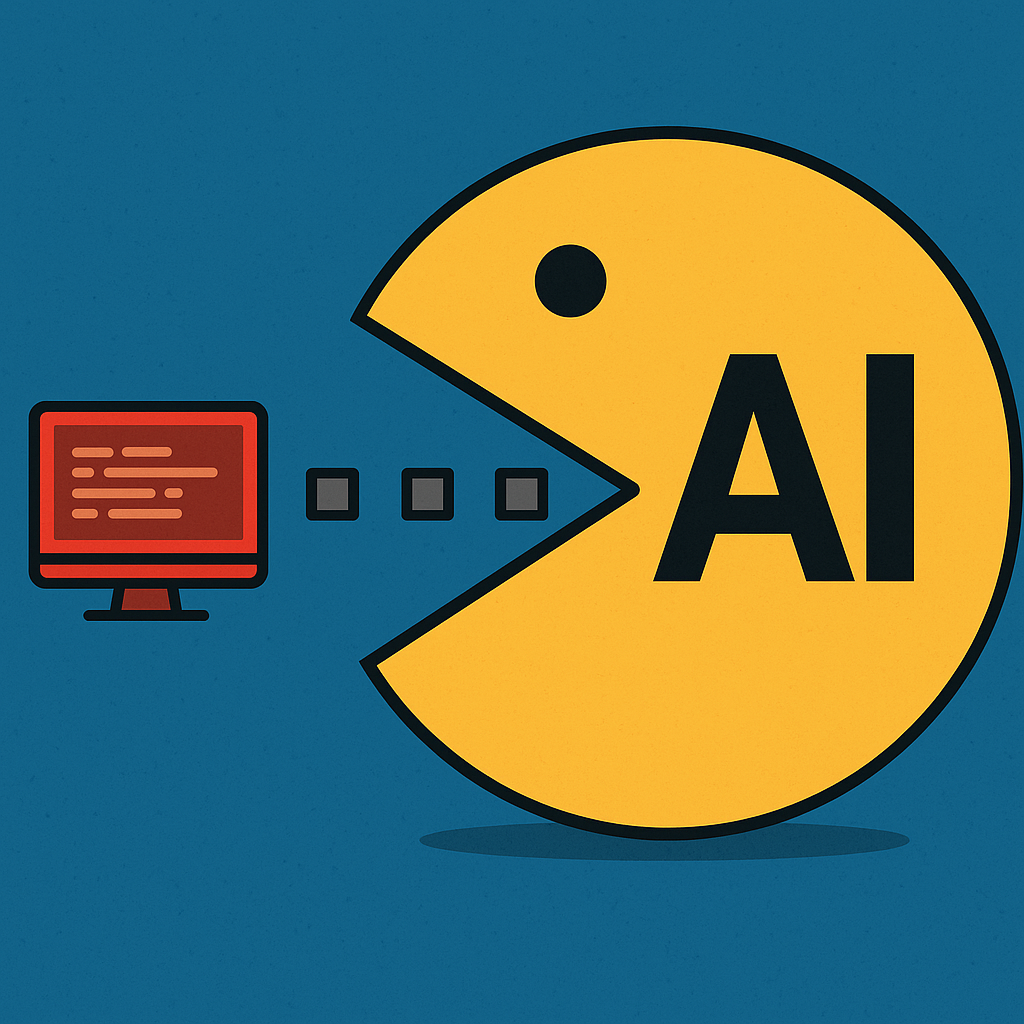

In 2011, Marc Andreessen, co-founder of Silicon Valley VC firm Andreessen Horowitz, declared: “Software is eating the world.” And for the next decade, it did — with the appetite of a teenager left home alone with a freezer full of pizza pockets. SaaS replaced shelves. Apps replaced advisors. CRM dashboards became the new temples of capitalism.
But now, software’s no longer the one doing the eating.
Because in 2017, Jensen Huang, CEO of Nvidia — the man whose chips power much of today’s AI revolution — flipped the script. During an interview with MIT Technology Review, he said:
“Software is eating the world, but AI is going to eat software.”
Back then, it sounded like fluff. Today, it sounds prophetic.

So, What Does “AI Eats Software” Actually Mean?
Imagine a world where you don’t click through 12 drop-down menus to run a report, or learn how to use a CRM just to check who missed a follow-up. That’s the old model of software: structured, manual, built for interfaces designed by engineers for other engineers.
Now imagine you just say:
“Show me all clients who haven’t responded in 30 days but opened our latest email.”
And something just… does it. That’s the new paradigm.
AI eats software by bypassing the software interface entirely. It doesn’t click where you would click — it skips the UI altogether. The new interface is natural language, gesture, or intent — what we already use to interact with people.
Why learn =VLOOKUP() when you can ask, “What’s our top-selling product by region in Q1?”
Why wrestle with Salesforce dashboards when you can say, “Remind me who I pitched to last week who liked the blockchain bit”?
You’re no longer operating software. You’re collaborating with cognition.
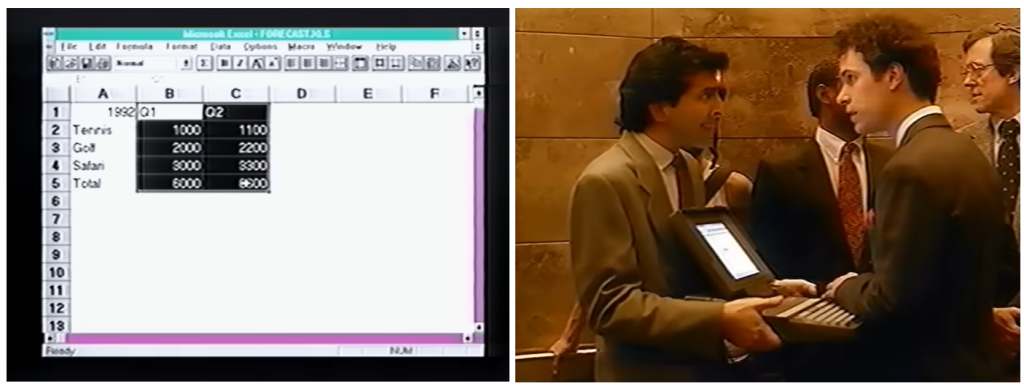 Microsoft Excel’s first commercial in 1990. Same cells. Same one guy doing all the work
Microsoft Excel’s first commercial in 1990. Same cells. Same one guy doing all the work
The Software We Might Not Need Anymore
Let’s use a grounded example: Salesforce.
- It’s expensive.
- It’s clunky.
- It’s useful… but mostly because it’s the only thing connecting your emails, contacts, and pipeline.
But what is Salesforce, really? A glorified database — designed to help you remember things and show them nicely.
If an AI can access the same backend and answer your questions directly, what exactly are you paying for? The UI? The clickability? The consulting hours?
Once the value shifts from how you find the data to how well it understands your request, UI-heavy software becomes an endangered species.
A New Definition of Work: Intent → Fulfillment
In today’s workflow, there’s a lot of “middle”:
- Intent: I want to know something.
- Learning the interface: Where do I click? What formula do I use?
- Manual translation: Convert your question into clicks and keystrokes.
- Fulfillment: Finally, the software spits out something (hopefully relevant).
AI collapses this.
With natural language, intent goes straight to fulfillment.
No need to learn how to use a tool that just does what you say.
No more switching between tabs to manually bridge your thoughts from one interface to another.
At some point, all that back-and-forth just wears you down.
This is why software itself is starting to look like a delay, not a productivity boost.
Software was the scaffolding. AI is the elevator.
Adobe’s Awakening: When Models Matter More Than Menus
Take Adobe — a company that’s been a household name for decades. When generative AI boomed, Adobe tried to keep up by launching its own model, Firefly.
Unfortunately, Firefly flopped.
Its performance lagged behind OpenAI and Midjourney, and the creative community noticed. Adobe eventually had to open its platform and integrate outside models.
Lesson learned: having software is not enough. If your AI underperforms, your UI becomes irrelevant. Even giants must kneel to models that work.
The Hardware Renaissance: AI Builds as It Destroys
Here’s the plot twist.
While AI eats software, it simultaneously builds up something else: hardware.
To run massive AI models in real time, we need:
- Data centers
- Specialized chips
- Smart edge devices like wearables, cameras, and autonomous robots
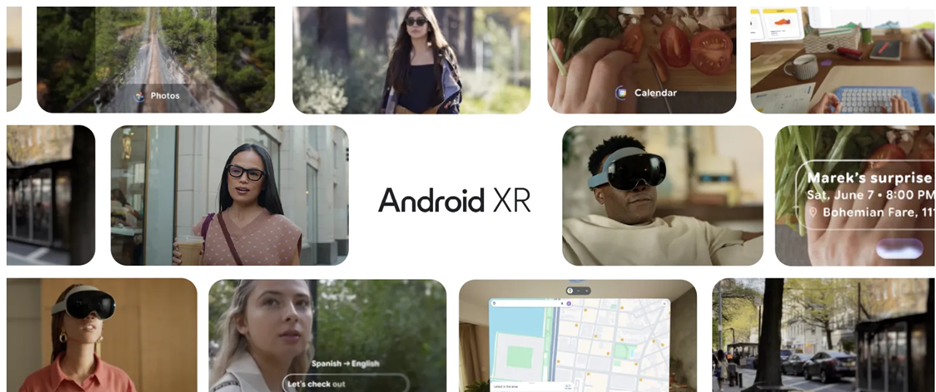
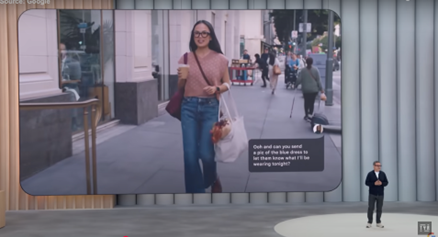
Google’s unveiling of Android XR where their newest headsets and glasses integrates Google Gemini

Huawei also in the smart wearables space with their latest Smart Glasses 2 with AI-powered features and live interpretation feature through voice commands
In other words: AI is software reincarnated in physical form. It’s a brain that now needs a body.
This is why Nvidia is booming. Why Huawei is building smart glasses. Why robotics and drones are staging a comeback.
We’re not entering a post-software era. We’re entering a pre-hardware renaissance — built by AI.
Now, how does this all play out in Indonesia? In this race, we may not be building the chips just yet— but we can align with those who do.
That means partnering with the infrastructure players. Becoming part of the AI supply chain, even if we’re not hosting the mainframe ourselves. (Think: nickel for batteries, fiber for connectivity, and sovereign data policies that attract responsible AI builders.)
For Investors: Who’s Toast, Who’s Turbocharged?
Let’s get practical.
If AI eats software, then investors need to rethink what they’re betting on. Here’s how:
- Caution on Software-First Companies
If their core moat is “we make nice dashboards,” that’s not defensible anymore. Especially if AI models can give the same value — with no interface at all. - Look for Hardware-Adjacents
Compute demand is exploding. From cooling companies to chip suppliers to industrial automation — hardware is hot again. - Back AI-Native Companies
The ones that are born in this AI-first architecture. Not bolted-on. These firms start with the question: “What can we do if the interface is human language?”
Think less SaaS. Think more intent orchestration layers.
Final Thought: What If AI Isn’t Just the End of Software — But the Start of Simplicity?
Maybe “AI eats software” sounds scary because we’ve grown up thinking software was the prize. That learning Excel made us employable. That CRM mastery meant you were “good at your job.”
But what if we’ve just been training ourselves to speak “machine”?
And now, finally, the machines speak us?
It’s not the end of software.
It’s the end of unnecessary complexity.
And that means the future of productivity may not be about working harder or coding faster — but about speaking clearly, and letting intelligence do the rest.
Tara Mulia and Simon Chan
Admin heyokha
Share
In 2011, Marc Andreessen, co-founder of Silicon Valley VC firm Andreessen Horowitz, declared: “Software is eating the world.” And for the next decade, it did — with the appetite of a teenager left home alone with a freezer full of pizza pockets. SaaS replaced shelves. Apps replaced advisors. CRM dashboards became the new temples of capitalism.
But now, software’s no longer the one doing the eating.
Because in 2017, Jensen Huang, CEO of Nvidia — the man whose chips power much of today’s AI revolution — flipped the script. During an interview with MIT Technology Review, he said:
“Software is eating the world, but AI is going to eat software.”
Back then, it sounded like fluff. Today, it sounds prophetic.

So, What Does “AI Eats Software” Actually Mean?
Imagine a world where you don’t click through 12 drop-down menus to run a report, or learn how to use a CRM just to check who missed a follow-up. That’s the old model of software: structured, manual, built for interfaces designed by engineers for other engineers.
Now imagine you just say:
“Show me all clients who haven’t responded in 30 days but opened our latest email.”
And something just… does it. That’s the new paradigm.
AI eats software by bypassing the software interface entirely. It doesn’t click where you would click — it skips the UI altogether. The new interface is natural language, gesture, or intent — what we already use to interact with people.
Why learn =VLOOKUP() when you can ask, “What’s our top-selling product by region in Q1?”
Why wrestle with Salesforce dashboards when you can say, “Remind me who I pitched to last week who liked the blockchain bit”?
You’re no longer operating software. You’re collaborating with cognition.
 Microsoft Excel’s first commercial in 1990. Same cells. Same one guy doing all the work
Microsoft Excel’s first commercial in 1990. Same cells. Same one guy doing all the work
The Software We Might Not Need Anymore
Let’s use a grounded example: Salesforce.
- It’s expensive.
- It’s clunky.
- It’s useful… but mostly because it’s the only thing connecting your emails, contacts, and pipeline.
But what is Salesforce, really? A glorified database — designed to help you remember things and show them nicely.
If an AI can access the same backend and answer your questions directly, what exactly are you paying for? The UI? The clickability? The consulting hours?
Once the value shifts from how you find the data to how well it understands your request, UI-heavy software becomes an endangered species.
A New Definition of Work: Intent → Fulfillment
In today’s workflow, there’s a lot of “middle”:
- Intent: I want to know something.
- Learning the interface: Where do I click? What formula do I use?
- Manual translation: Convert your question into clicks and keystrokes.
- Fulfillment: Finally, the software spits out something (hopefully relevant).
AI collapses this.
With natural language, intent goes straight to fulfillment.
No need to learn how to use a tool that just does what you say.
No more switching between tabs to manually bridge your thoughts from one interface to another.
At some point, all that back-and-forth just wears you down.
This is why software itself is starting to look like a delay, not a productivity boost.
Software was the scaffolding. AI is the elevator.
Adobe’s Awakening: When Models Matter More Than Menus
Take Adobe — a company that’s been a household name for decades. When generative AI boomed, Adobe tried to keep up by launching its own model, Firefly.
Unfortunately, Firefly flopped.
Its performance lagged behind OpenAI and Midjourney, and the creative community noticed. Adobe eventually had to open its platform and integrate outside models.
Lesson learned: having software is not enough. If your AI underperforms, your UI becomes irrelevant. Even giants must kneel to models that work.
The Hardware Renaissance: AI Builds as It Destroys
Here’s the plot twist.
While AI eats software, it simultaneously builds up something else: hardware.
To run massive AI models in real time, we need:
- Data centers
- Specialized chips
- Smart edge devices like wearables, cameras, and autonomous robots


Google’s unveiling of Android XR where their newest headsets and glasses integrates Google Gemini

Huawei also in the smart wearables space with their latest Smart Glasses 2 with AI-powered features and live interpretation feature through voice commands
In other words: AI is software reincarnated in physical form. It’s a brain that now needs a body.
This is why Nvidia is booming. Why Huawei is building smart glasses. Why robotics and drones are staging a comeback.
We’re not entering a post-software era. We’re entering a pre-hardware renaissance — built by AI.
Now, how does this all play out in Indonesia? In this race, we may not be building the chips just yet— but we can align with those who do.
That means partnering with the infrastructure players. Becoming part of the AI supply chain, even if we’re not hosting the mainframe ourselves. (Think: nickel for batteries, fiber for connectivity, and sovereign data policies that attract responsible AI builders.)
For Investors: Who’s Toast, Who’s Turbocharged?
Let’s get practical.
If AI eats software, then investors need to rethink what they’re betting on. Here’s how:
- Caution on Software-First Companies
If their core moat is “we make nice dashboards,” that’s not defensible anymore. Especially if AI models can give the same value — with no interface at all. - Look for Hardware-Adjacents
Compute demand is exploding. From cooling companies to chip suppliers to industrial automation — hardware is hot again. - Back AI-Native Companies
The ones that are born in this AI-first architecture. Not bolted-on. These firms start with the question: “What can we do if the interface is human language?”
Think less SaaS. Think more intent orchestration layers.
Final Thought: What If AI Isn’t Just the End of Software — But the Start of Simplicity?
Maybe “AI eats software” sounds scary because we’ve grown up thinking software was the prize. That learning Excel made us employable. That CRM mastery meant you were “good at your job.”
But what if we’ve just been training ourselves to speak “machine”?
And now, finally, the machines speak us?
It’s not the end of software.
It’s the end of unnecessary complexity.
And that means the future of productivity may not be about working harder or coding faster — but about speaking clearly, and letting intelligence do the rest.
Tara Mulia and Simon Chan
Admin heyokha
Share








